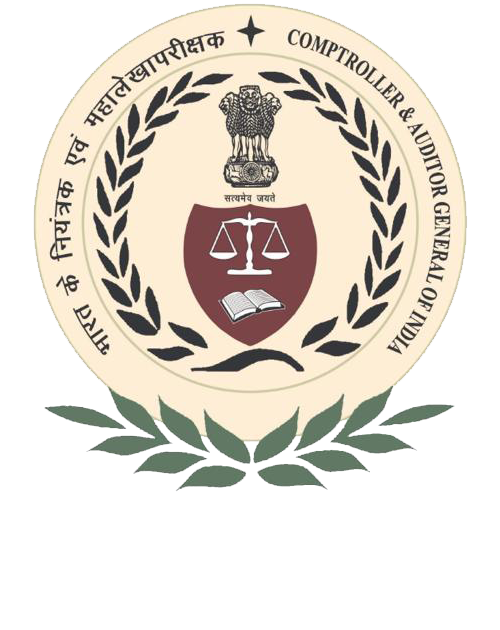Audit Reports

Railways
Report No. 11 of 2013 - Compliance Audit on Railway, Union Government (Railway)
Overview
This Report has four chapters containing the audit findings of three thematic studies and one performance audit carried out in the year 2011-12. The subject matter covered pertains to the Commercial, Operating, Engineering, Signalling & Telecommunication, Mechanical and Medical Departments of Indian Railways.
This Report contains the audit findings on the thematic study on 'Commercial Publicity in Indian Railways', conducted across Zonal Railways to evaluate performance of the Zonal Railways in exploiting the potential of advertising media on stations, trains and level crossings to enhance the revenue earnings.Audit observed that the Ministry failed to ensure a proper assessment of the demand potential. The targets framed were driven by the Ministry. The lack of knowledge of market potential resulted in low response to advertising tenders floated by the Zonal Railways. Uneven earnings across various asset classes were also observed. Stations/ trains were more actively used for commercial publicity in comparison to assets like Railway tickets, reservations forms/charts etc. Weak contract management led to unauthorized displays beyond expiry of the contract period with high risk of recoverability of outstanding license fee.
Modern signalling systems play a key role in enhancing safe and reliable train operations and optimum use of existing line capacity. A study was carried out to evaluate the performance efficiency of signalling assets. Audit observed that the key performance indicator to monitor signal incidences was within the tolerance limit in only six zones. The basic units for measuring workload of Signal and Telecommunication (S&T) equipment had not been revised for four decades resulting in different units and yardsticks adopted by Zonal Railways in respect of newly introduced S&T equipment. Further, the standard norms for monitoring down time and response time were not prescribed for assessing the performance of the signalling equipment. There was substantial shortfall in adhering to the maintenance schedules and in 32 'A' routes stations, 64 signalling equipments out of 93 were outdated and overdue for replacement.

